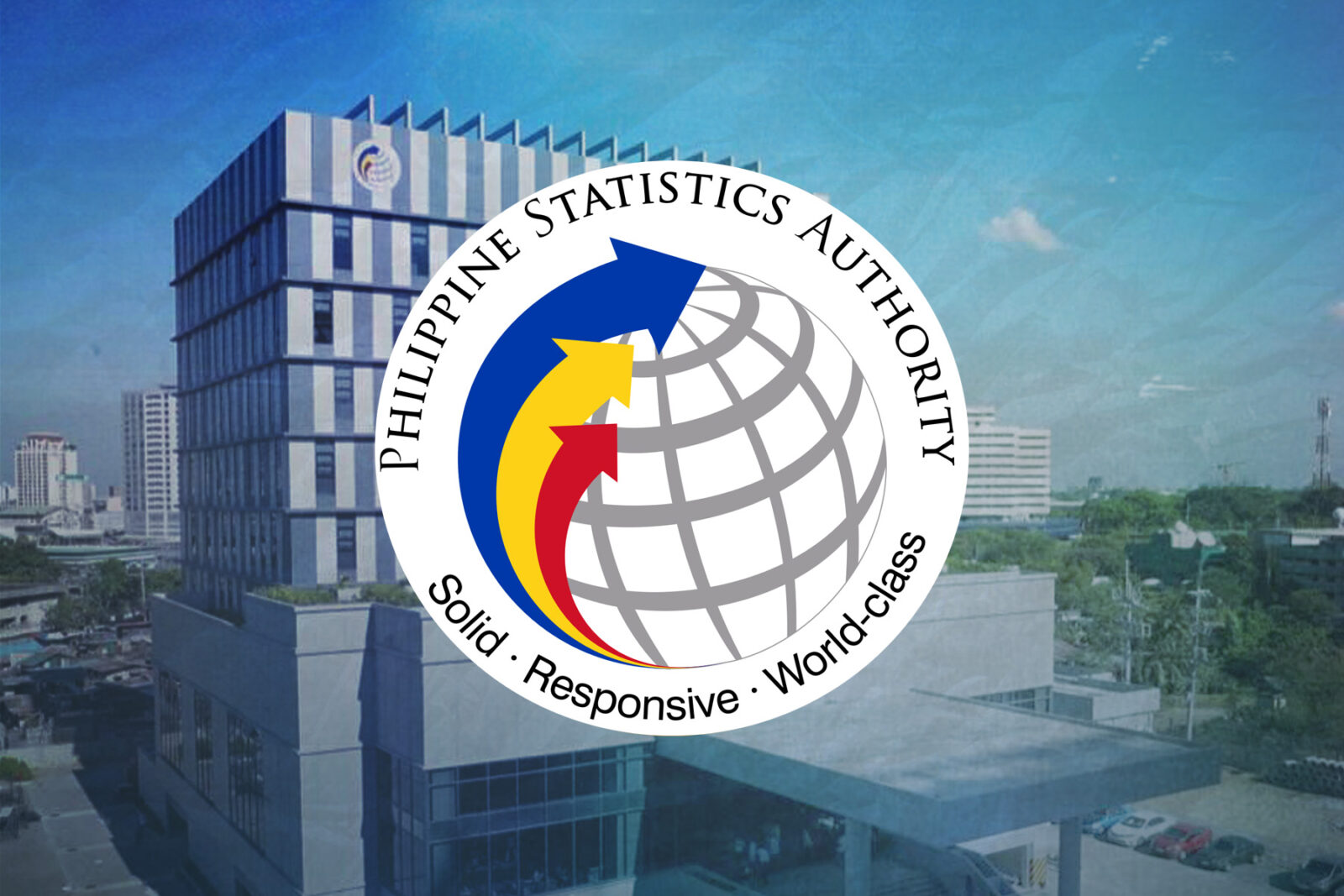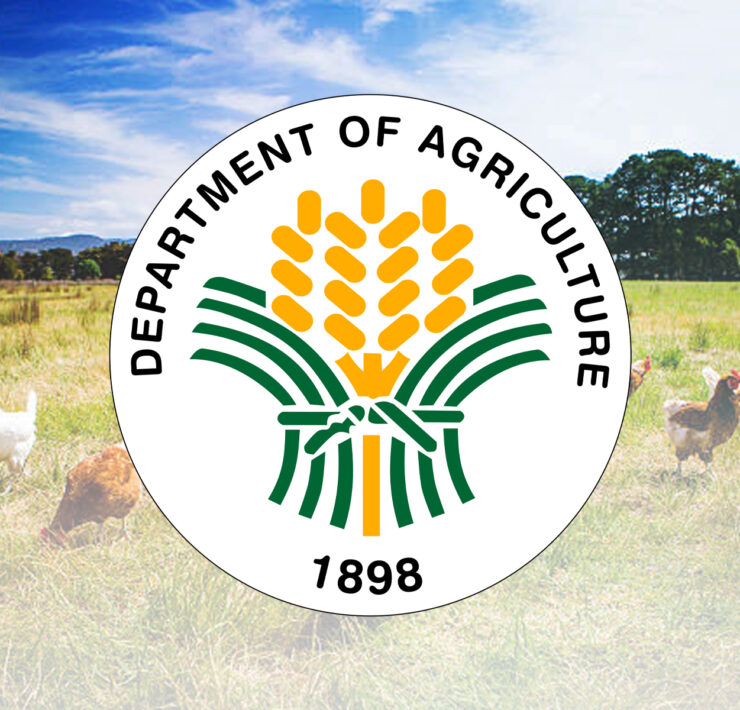Philippine agri trade deficit narrowed to $932M in September

The Philippines logged an agricultural trade deficit of $932.15 million in September, narrowing by 15.7 percent from $1.1 billion in the same month a year ago.
Data from the Philippine Statistics Authority (PSA) also showed that total agricultural trade rose by 3.3 percent to $2.52 billion.
Compared to the previous monthly, the latest print was about 4 percent higher than the $2.43 billion recorded in August.
“This is partly a function of the country’s rice imports … as well as meat imports amid ASF in recent years,” said Michael Ricafort, chief economist at Rizal Commercial Banking Corp.
Ricafort said the moratorium on rice imports “would be a factor going forward.” He noted that global rice prices have reached new 6.5-year lows recently or since early 2019.
President Marcos issued Executive Order No. 102 extending the import ban on regular and well-milled rice until Dec. 31. This is meant to continuously protect local farmers against downward rice pressures from imported rice, sustain market stability and safeguard consumer welfare.
The PSA
The statistics agency said agricultural export revenues hit $794.46 million, a 19.1-percent jump. That value represents 31.5 percent of the overall farm trade.
Imports accounted for 68.5 percent at $1.73 billion. The amount meant a decrease of 2.6 percent year-on-year.
The PSA said the top 10 commodity groups account for $777.08 million or 97.8 percent of agricultural exports.
Animal, vegetable or microbial fats and oils and their cleavage products; prepared edible fats; animal or vegetable waxes had the largest share of export revenues.
Agricultural exports to Southeast Asia amounted to $73.92 million. Malaysia was the top destination with $26.34 million (35.6 percent of total).
Farm shipments bound for the European Union (EU) stood at $233.7 million, mainly to the Netherlands. That country took in $142.82 million or 61.1 percent of total.
Meanwhile, the top 10 commodity groups contributed 84.5 percent or $1.46 billion to the agricultural import revenue. Cereals topped the list, with a share of 20.9 percent or $361.26 million.
The Philippines imported $674.12 million worth of farm goods from Southeast Asia, primarily from Indonesia with $190.86 million (28.3 percent of total).
Agricultural imports from the EU represented $158.44 million of the total. These came mostly from Spain, with $44.51 million or a 28.1 percent of total.





















